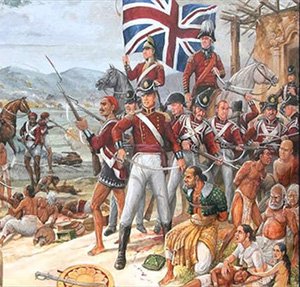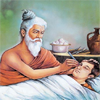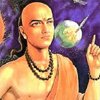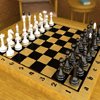Indian History
Learn about ancient India
The great Indian History
The history of India begins with the Indus Valley Civilisation, wherein civilisation came into existence and thus began the culture of Hinduism followed by Jainism and Buddhism. With time the entry of traders from Muslim Territories and European Countries brought in the existence of Islam and Christianity in the country. India was also under British rule for 200 years till 1947
Facts about Indian History
Education
The World's first college was built up in Takshila in 700BC. The University of Nalanda worked in the fourth century B.C Learn More
Technology
Advanced logical ideas like test tube conceived children, cloning and time travel are specified in 'Mahabharata', composed around third century B.C. Learn More

INDUS VALLEY CIVILISATION
The Indus Valley Civilisation (IVC), or Harappan Civilisation, was a Bronze Age civilisation. Alongside Ancient Egypt and Mesopotamia, it was one of three early supports of civilisations of the Old World, and of the three, the most widespread. At its pinnacle, the Indus Civilisation may have had a populace of more than five million tenants. The occupants of the antiquated Indus River valley grew new methods in handiwork (carnelian items, seal carving) and metallurgy (copper, bronze, lead, and tin).
The Indus Valley Civilisation is additionally named as the Harappan civilisation after Harappa, the first of its destinations to be unearthed in the 1920s. The disclosure of Harappa, and soon subsequently Mohenjo-Daro, was the perfection of work starting in 1861 with the establishment of the Archeological Survey of India in the British Raj.
BRITISH RAJ
The British Raj was the rule of the British Crown in the Indian subcontinent somewhere in the years of 1858 and 1947. The rule is likewise called Crown rule in India, or direct rule in India. The area under British control was usually called British India. This arrangement of administration was organized on 28 June 1858, when, after the Indian Rebellion of 1857, the governing of the British East India Company was exchanged to the Crown in the person of Queen Victoria.
It endured until 1947 when it was partitioned into two unique nations: India and Pakistan, following the dubious division of pre-partition Punjab and Bengal, revolting broke out between Sikhs, Hindus and Muslims in these areas and spread to a few different parts of India, abandoning approximately 500,000 dead. In 1971, Bangladesh, once in past East Pakistan and East Bengal, withdrew from Pakistan

LARGEST EMPIRES OF INDIAN HISTORY
Maurya Empire
The Maurya Empire was the biggest and earliest Empires of India, controlled and established by Chandragupta Maurya which ruled old India from 250 BCE. The Maurya Empire was one of the biggest realms in India, occupying an area of 5,000,000 square kilometres Learn More
Mughal Empire
Mughal Empire was established in 1690 CE and was an empire that ruled certain parts of India, Afghanistan and Balochistan. It was established by Babur in India and it spread across an area of 4,000,000 square kilometres. Learn More








